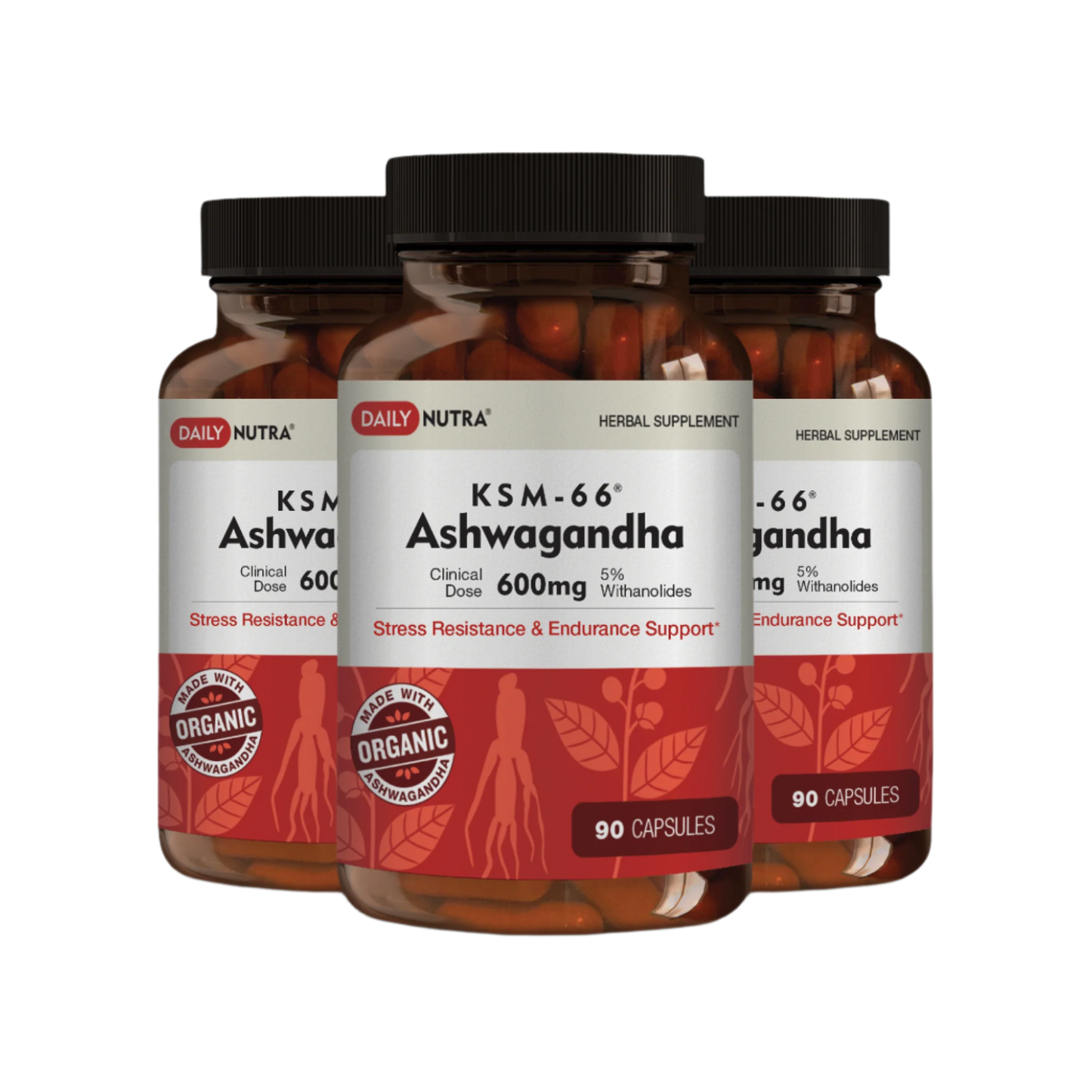
The distinctive mushroom species Turkey Tail stands out due to its multiple colors, its well-known medicinal properties, and its attractive appearance.
The multicolored fan-shaped bands of turkey tail mushrooms add an intriguing touch to the woodland floor.
Turkey tail mushrooms serve as survival treasures and provide numerous health advantages, including strengthening the immune system and aiding gut well-being.
In this guide, we’ll explore where to find turkey tail mushrooms, how to identify them, the best time to forage for them, and much more.
Whether you’re an experienced forager or a curious beginner, this article will help you embark on your next wild mushroom adventure.
Where to Find Turkey Tail Mushrooms in the Wild
Turkey tail mushrooms grow in wooded woodlands and on dead wood surfaces, which is their natural environment.
As saprotrophic creatures, these fungus consume decaying organic matter for their food.
Turkey tail mushrooms frequently grow in tree environments, where they stick to dead logs and standing tree stumps and are sometimes attached to living tree bark.
They prefer growing in moist, shaded places in temperate forest regions (1).
Turkey tail mushrooms require environmental conditions, including steady rainfall and manageable average temperatures.
Their native habitats are damp environments within biodiversity-rich woodlands.
Although they exist comfortably in different environmental settings, forests untouched by human disturbance remain their most typical habitat.
Best Places to Find Turkey Tail Mushrooms (Specific Locations)
Turkey tail mushrooms spread across the entire North American territory from the Pacific Northwest states to the Appalachian Mountains.
Turkey tail mushrooms exist primarily in national parks and nature reserves across the United States.
Profound growth conditions of turkey tail mushrooms exist at Olympic National Park in Washington state because the abundant temperate rainforests create ideal habitats—the hardwood forest regions of New York and the Smoky Mountains present great opportunities to locate these mushrooms.
European residents can find turkey tail mushrooms thriving throughout the temperate climate areas of Germany, France, and the United Kingdom.

Turkey tail fungi thrive throughout the UK woodlands in both the Lake District region and the Scottish Highlands woodlands.
The Bavarian Forest National Park in Germany is one of the finest locations where people can identify turkey tail mushrooms.
France maintains multiple woodlands that serve as excellent environments for finding turkey tail mushrooms.
Turkey tail mushrooms exist in the tropical forests of the Philippines for anyone visiting the region.
Some mushroom hunters have located these varieties in the tropical forests of Luzon and Mindanao, though they remain scarce throughout Philippine vegetation.
For proper growth, turkey tail mushrooms require tropical climate conditions that generate sufficient moisture alongside ambient heat, although they tend to appear more rarely in Philippine forests than in temperature-regulated areas.
How to Identify Turkey Tail Mushrooms
Identifying turkey tail mushrooms becomes simple for potential observers who understand their appearance characteristics.
The fan-shaped form of these mushrooms shows a distinct resemblance to wild turkey tail feathers.
Turkey tail mushrooms contain colored rings that begin at brown or red and turn yellow towards blue foundations.
Although it touches back gently, you can experience a velvety or slightly hairy texture on top of the mushroom.
Microscopic pores cover the underside face of these mushrooms instead of forming gills.
A distinguishing trait of turkey tail mushrooms happens through their many pores.
A newly developed mushroom displays white tissue, which turns into brown shades with maturity.
Accurately verifying your identification depends on closely inspecting the mushroom beneath the surface.
Turkey tail mushrooms develop their clusters through overlapping structures that generally grow on wood decay.
During most of their mature stage, they feature dimensions ranging from 3 to 5 cm across.
The mushroom's fan-shaped form develops more prominently because its edges slightly curl upward.

You need to carefully look where turkey tail mushrooms might be found since these mushrooms usually match their environment.
The process of distinguishing actual Turkey Tail mushrooms entails proper identification of their false variants.
The turkey tail fungi are readily identifiable by trained eyes, but less trained individuals may need proper direction to distinguish between them and their imitations.
Trametes hirsuta represents one of the main mistakes that can be mistaken for true turkey tail mushrooms.
The false turkey tail mushroom displays a similar appearance to its true counterpart, yet it has no features found on the underside of a turkey tail mushroom's pores.
False turkey tails show a coarser appearance through small-size statistics compared to likable true turkey tail mushrooms.
The appearance of the Stereum hirsutum mushroom closely resembles turkey tail mushrooms since it grows from decaying wood.
The underside surface of Stereum hirsutum mushrooms differs from turkey tails because it lacks the pore features and neither shows the color band appearance common to turkey tail fungi.
For clarity, it is advisable to seek identification confirmation from experts, including local mushroom guides, before deciding about the mushrooms you have found.
When to Find Turkey Tail Mushrooms: Seasonal Tips
Although Turkey tail mushrooms are available all year round, they are most frequently found in late fall and early spring (2).
It is best to collect these fungi during autumn and early winter when temperatures are cool and the conditions are moist.
The best time to hunt turkey tail mushrooms is from late autumn into early spring when they are most frequently seen.
The mushrooms show themselves during cold weather seasons since rainstorms create ideal growth conditions for their fruiting bodies.
The best locations for harvesting turkey tails are forests where moisture and shade rule, so areas with high levels of humidity produce superior results.
In the warmer months, the appearance of turkey tail mushrooms decreases because they require cold fall and winter temperatures for complete growth success.
To successfully harvest turkey tails, check with experienced foragers about the perfect time in your local area through local foraging guides.

Benefits of Turkey Tail Mushrooms
Turkey tail mushrooms are more than just a foraging prize—they also offer numerous health benefits.
They are widely considered beneficial because their polysaccharopeptide (PSP) and beta-glucan concentrations make them strong immunity boosters.
These compounds improve the immune system, making them popular dietary supplements for health enhancement (3).
Among the many health advantages of turkey tail mushrooms is their positive effect on digestive health.
Scientific research demonstrates how the prebiotics in turkey tail mushrooms can stimulate useful gut bacteria that assist digestion and strengthen gut operation (4).
Some people utilize turkey tail mushrooms because of their anti-inflammatory and antioxidant qualities.
Turkey tail mushrooms contain compounds that reduce inflammation and combat oxidative stress, two frequent factors linked to chronic illnesses.
People view turkey tail mushrooms as a useful natural way to preserve long-term health and vigor, which is why they have become more and more popular.
Where to Buy Fresh Turkey Tail Mushrooms
Reputable sellers offer both wild turkey tail mushrooms and dried specimens, which are easy to acquire when fresh collection is not possible.
Farmers markets located in regions with abundant turkey tail mushrooms offer fresh specimens to their customers.
Dried turkey tail mushrooms are the main variant of these mushrooms that people find through retail outlets.
Major health food stores and mushroom specialty stores sell dried turkey tail mushrooms either purely whole or ground into powdered form.
The beneficial properties of dried mushrooms stay intact, and users can prepare them into teas and tinctures while also creating capsules and supplements.
The search for quality turkey tail mushroom supplements should begin if you want to use these medicinal fungi but need a product that avoids fresh or wild harvesting.
Daily Nutra stands among numerous other companies that sell supplements using turkey tail mushroom benefits in user-friendly, consumption-friendly formats.
Final Thoughts
Turkey tail mushrooms are a delightful discovery for those who like natural cures and enjoy hunting in the outdoors.
Knowing the locations of turkey tail mushrooms tends to improve your chances of locating them since you will know how they choose homes, what qualities they value, and when they are most active.
Turkey tail mushrooms are fascinating natural features that additionally improve well-being through their health benefits.
They represent a beneficial wellness practice through their availability for both experienced wild foragers and those who buy from reliable distributors.
🌍 Embark on your mushroom hunt! Uncover where to find turkey tail mushrooms in nature's hidden gems. 🍄
FAQs on Where to Find Turkey Tail Mushroom
Where is the best place to find turkey tail mushrooms?
People typically locate Turkey tail mushrooms within forest environments where moist conditions, shaded areas, and wooded areas exist.
Search for them in forests with high humidity, woodlands, and national parks.
How do you identify turkey tail mushrooms in the wild?
The distinctive element of turkey tail mushrooms is their fan-shaped caps, which display multiple-colored rings.
The mushroom's bottom side contains pores instead of gills while showing an abundance of overlapping clusters.
Is there another name for turkey tail mushrooms?
Yes, turkey tail mushrooms are also known by their scientific name Trametes versicolor.
When is the best season to find turkey tail mushrooms?
The best time to find turkey tail mushrooms is during the fall and winter months. People can usually locate turkey tail mushrooms, specifically in fall and winter, when a moist climate and cool temperatures exist.
Related Studies
1. Title: Phenolic and Flavonoid Antioxidants in Trametes versicolor (Healthline, 2023)
Turkey Tail mushrooms contain phenols and flavonoids like quercetin and baicalein, which reduce oxidative stress by inhibiting pro-inflammatory enzymes (COX, LOX) and suppressing cytokines linked to chronic inflammation.
Link: https://www.healthline.com/nutrition/turkey-tail-mushroom
2. Title: Cultivation Guidelines for Trametes versicolor (GroCycle, 2025)
Optimal growth occurs on hardwood substrates (oak, maple) at 75°F (24°C) with 60% moisture content. Colonization takes 2–3 weeks indoors, while outdoor log cultivation yields mushrooms for multiple years.
Link: https://grocycle.com/how-to-grow-turkey-tail-mushrooms/
3. Title: Edible Mushrooms and Beta-Glucans: Impact on Human Health (NIH)
A 2021 NIH review confirms β-glucans from Turkey Tail mushrooms activate dendritic and natural killer cells, enhancing immune defense and antitumor responses through polysaccharopeptides like PSK.
Link: https://pmc.ncbi.nlm.nih.gov/articles/PMC8308413/
4. Title: Prebiotic Effects of Turkey Tail Polysaccharopeptides (Inner Atlas, 2024)
A 2014 human study found that Turkey Tail’s PSP polysaccharopeptides increased Bifidobacterium and Lactobacillus populations in the gut microbiome, demonstrating prebiotic activity comparable to supplements.
Link: https://www.inneratlas.com.au/blogs/journal/turkey-tail-and-its-benefits-for-gut-health





